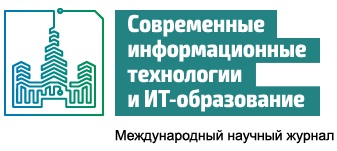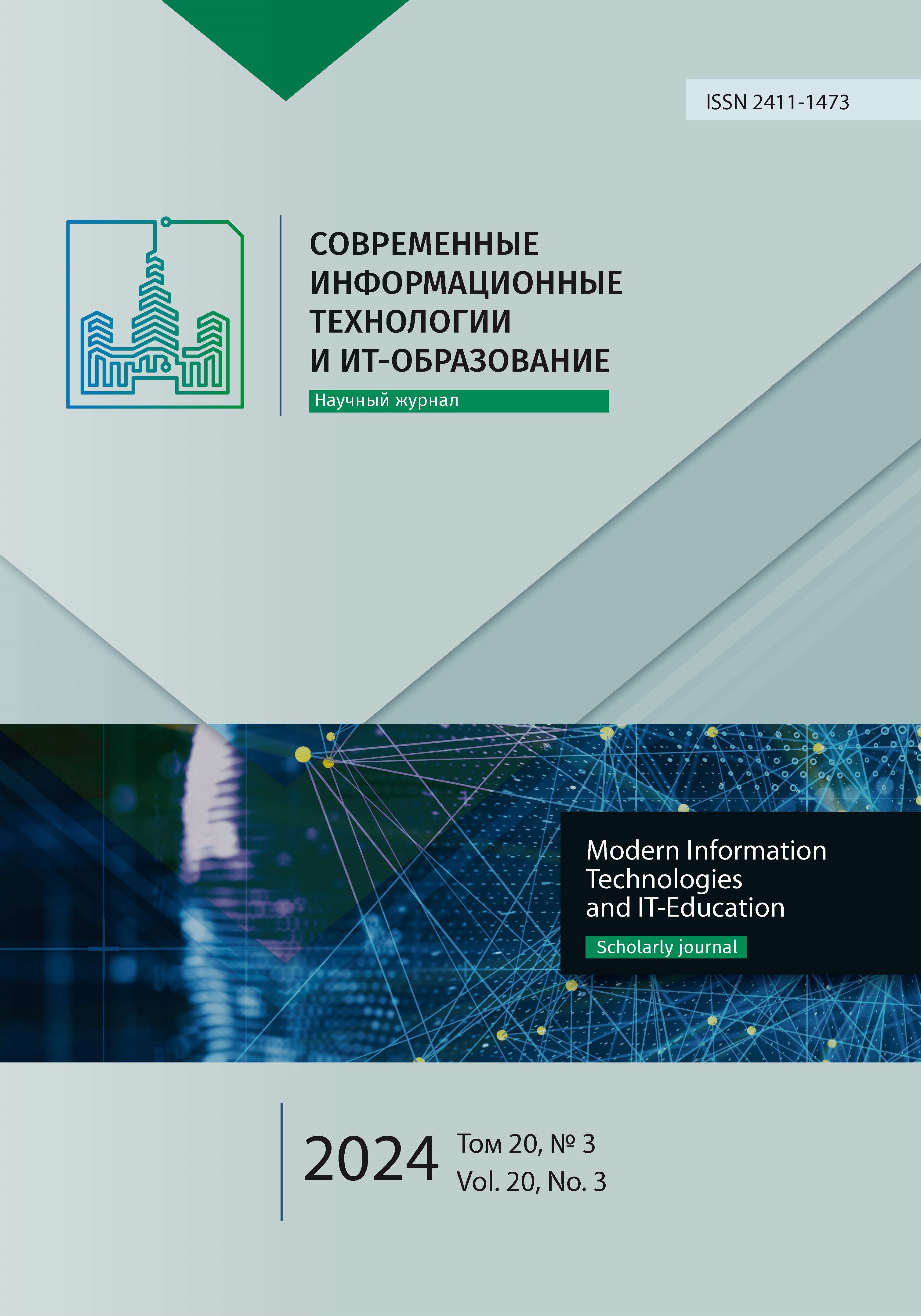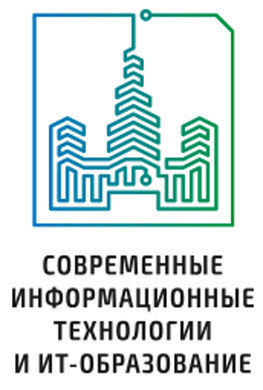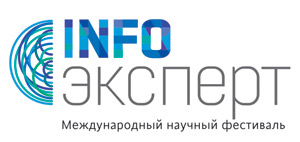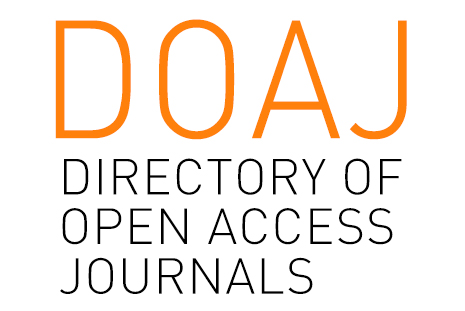Анализ одного алгоритма операции Join
Аннотация
Реляционный подход к организации баз данных за время своего существования пе-режил достаточно коллизий и неоднократно подвергался серьезной, и часто, необоснованной критике. Одним из положений критики было возражение против операции Join, которая считалась крайне неэффективной. Однако эта операция существовала в самых ранних системах обработки данных. В ранних публикациях она относится к классу слияния нестрого упорядоченных информационных массивов. В дальнейшем она была названа операцией слияния нестрого упорядоченных файлов. В последних работах в области машинного обучения стало активно развиваться направление, связанное с реляционными базами данных. Современные аналитические системы в производственной, финансовой, банковской, медицинской и многих других сферах базируются на больших объемах, структурированных данных, которые хранятся в, как правило, реляционных базах данных. Важное направление ускорения реализации запросов в таких базах данных заключается в использовании методов параллельной обработки данных. А так как операция Join – самая сложная из всех остальных операций, составляющих запросы, вопросам выбора для ее реализации наиболее эффективных алгоритмов, которые, в свою очередь, могут быть просто и эффективно. В статье предложен алгебраический метод формализации операции Join. На основе этого метода предложен алгоритм ее реализации с использованием специфической структуры очереди, которая называется "черпак". Приведены результаты экспериментального анализа алгоритма, подтвердившие его преимущество перед алгоритмом, который реализован в использованной системе управления базами данных Microsoft SQL Server. Приведены методы параллельной реализации предложенного алгоритма. Для этой цели использован традиционный поточный подход и подход, основанный на на архитектуре вычислительной системы с ассоциативным распределением ресурсов.

Это произведение доступно по лицензии Creative Commons «Attribution» («Атрибуция») 4.0 Всемирная.
Редакционная политика журнала основывается на традиционных этических принципах российской научной периодики и строится с учетом этических норм работы редакторов и издателей, закрепленных в Кодексе поведения и руководящих принципах наилучшей практики для редактора журнала (Code of Conduct and Best Practice Guidelines for Journal Editors) и Кодексе поведения для издателя журнала (Code of Conduct for Journal Publishers), разработанных Комитетом по публикационной этике - Committee on Publication Ethics (COPE). В процессе издательской деятельности редколлегия журнала руководствуется международными правилами охраны авторского права, нормами действующего законодательства РФ, международными издательскими стандартами и обязательной ссылке на первоисточник.
Журнал позволяет авторам сохранять авторское право без ограничений. Журнал позволяет авторам сохранить права на публикацию без ограничений.
Издательская политика в области авторского права и архивирования определяются «зеленым цветом» в базе данных SHERPA/RoMEO.
Все статьи распространяются на условиях лицензии Creative Commons «Attribution» («Атрибуция») 4.0 Всемирная, которая позволяет другим использовать, распространять, дополнять эту работу с обязательной ссылкой на оригинальную работу и публикацию в этом журналe.
